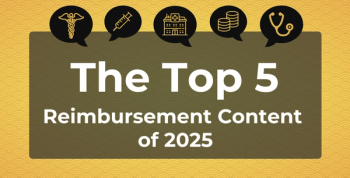
Researchers Propose a Bundled Payment Model for Breast Screening
A new report by the Harvey L. Neiman Health Policy Institute recommends a bundled payment model for breast cancer screening, with the objective of improved patient care and a more efficient use of healthcare resources.
A new report by the Harvey L. Neiman Health Policy Institute recommends a bundled payment model for breast cancer screening, with the objective of improved patient care and a more efficient use of healthcare resources.
The authors of the paper published in the Journal of the American College of Radiology developed a bundled payment model for breast cancer screening using retrospective Medicare claims data and data from a private health system. Bundles were developed with a screening mammography event and included downstream diagnostic breast imaging services during a 364-day episode window.
The model, which includes definitions for alternative screening episodes, methods for calibrating prices, and an examination of risk, found that the utilization of breast services associated with breast cancer screening and diagnosis remained stable over time. Including high-risk patients in the bundled payment model did not significantly influence bundle prices, the researchers report. On the contrary, the choice of services included in the bundle did affect prices. The researchers believe that such a model could help build a practice framework that could reduce variation.
“As the U.S. health care delivery system transitions from [fee-for-service] to value based payments, it’s important that we [radiologists] are at the table to ensure that our patients have access to high quality imaging,”
She emphasized that their results do not recommend the price for CMS or other payers; rather, their proposal presents a framework that can be used by a clinical practice, in collaboration with payers, to develop a personalized model based on the population they serve.
Newsletter
Stay ahead of policy, cost, and value—subscribe to AJMC for expert insights at the intersection of clinical care and health economics.








